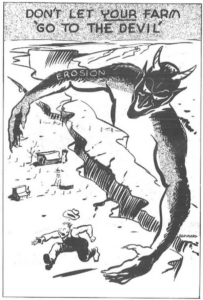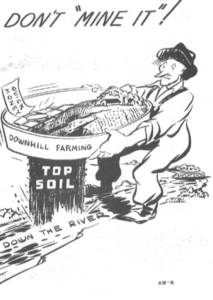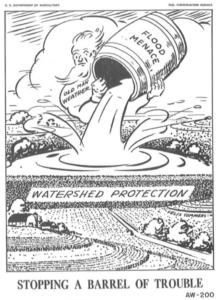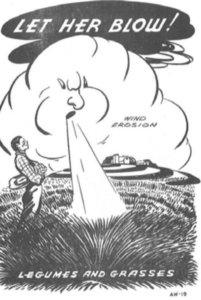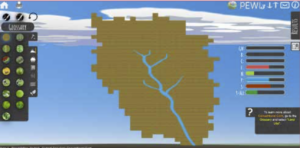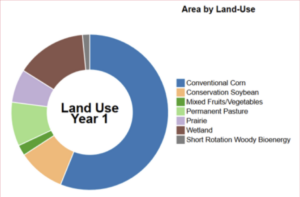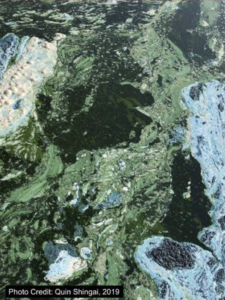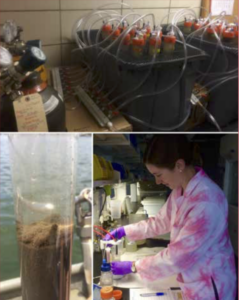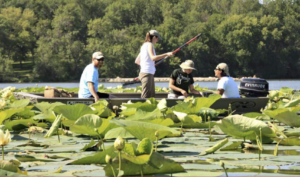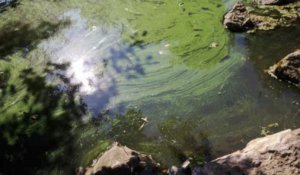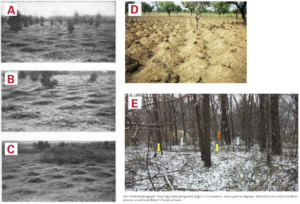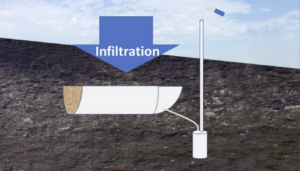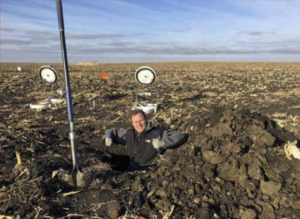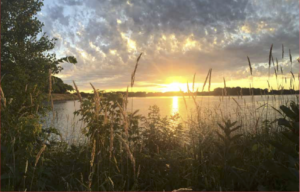The word “ghost” has adapted a new meaning, in addition to the initial Halloween Casper-the-friendly-kind, for the water community. GHOST is a hydrologic model which allows users to be able to gather information, including land use, topography and geology, and be able to create predictions for streamflows. The name is an acronym, standing for Generic Hydrologic Overland-Subsurface Toolkit.
I had the opportunity to, virtually, meet and talk to Antonio Arenas Amado, to learn more about the creation, development and future of the GHOST program. Arenas is an associate research engineer at the University of Iowa’s IIHR–Hydroscience and Engineering and the Iowa Flood Center and a member of the team that created the GHOST program.
This program took quite a bit of time to finally come to life. The code development process and adaption of the model took around one year, with hours on end writing and verifying code and equations. Prior to the start of the development, the team had spent an abundance of time researching existing models, which helped them get a sense of an idea for what they wanted, or didn’t want, in their model.
This project originally started off by attempting to use a code already created by Penn State University, but it was later discovered that there would be several steps to adapt the existing model to what was needed for Iowa. The team created a new model, which is now the GHOST program, and continued to keep the same framework from the Penn State model.
Models are typically classified by the range of time that the model uses for data. The GHOST model is a long-term, continuous model, meaning that it can run and gather data for multiple years without stopping. Using this type of model allows the program to assess all of the activity within that time frame and identify patterns in drainage and flooding.
“If you imagine, when one drop [of water] falls from the sky, there are a bunch of potential paths for that drop of water to make it, or not make it, to a stream,” said Arenas, “so that’s what we try to account for in using this computational model.”
The inspiration for the creation of the GHOST model started off with a project for the Iowa Watershed Approach (IWA). The IWA, co-lead by IIHR–Hydroscience and Engineering at the University of Iowa, focuses on mitigating flood damage, which then led to the spark for the GHOST program.
There are a vast number of potential applications that the GHOST model can be used for. Arenas explained that a main use of this model in Iowa has been to help with the flooding issues that have occurred in the past years. So far, it has helped the state of Iowa discover new mitigation strategies for watersheds. Arenas also shared that where this program has helped in flood mitigation, it can also help in studying droughts as well.
“I think it is fair to say that we have more to do with the GHOST program than we have already done,” said Arenas.
Arenas shared a few examples of where he can envision GHOST being used or expanding in the future. First, he mentioned how much this program would be able to help with drought research and mitigation. Next, he mentioned that they were also hoping to add a water quality component to the model. Lastly, he explained the team has hopes of expanding the capacity of the computer speed of GHOST in order to be able to use it in larger watersheds and grow out of the small-medium watershed-level they are currently modelling.
The team that created the GHOST model consists of Antonio Arenas Amado, Dr. Marcela Politano and Dr. Larry Weber of the University of Iowa Flood Center and IIHR–Hydroscience and Engineering.
By: Meghan Hanley, Outreach and Engagement Assistant
